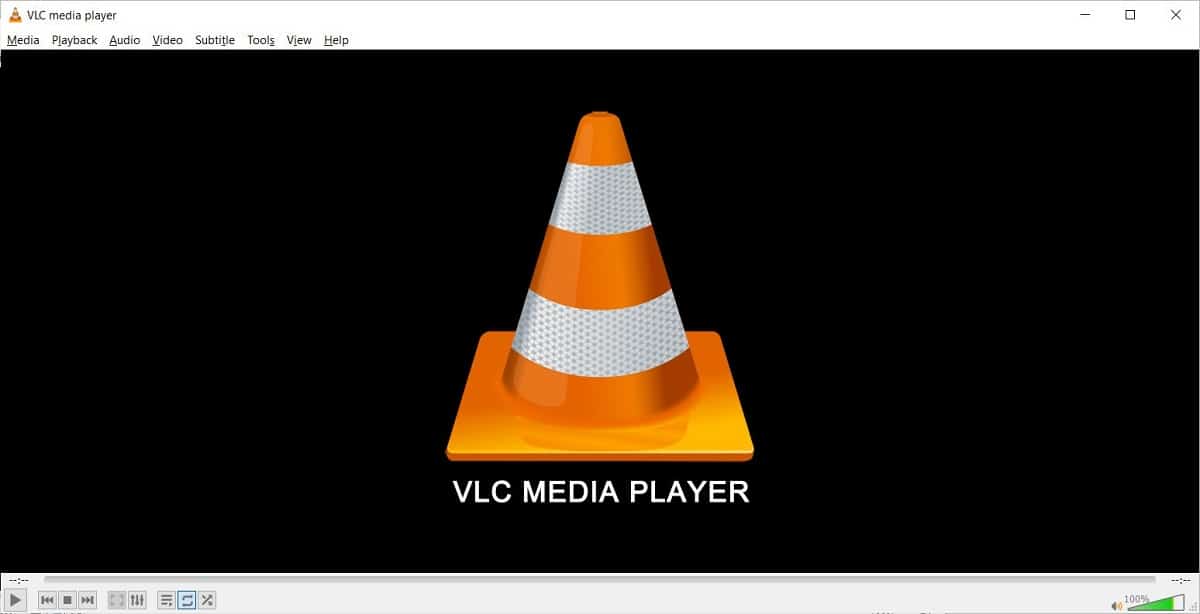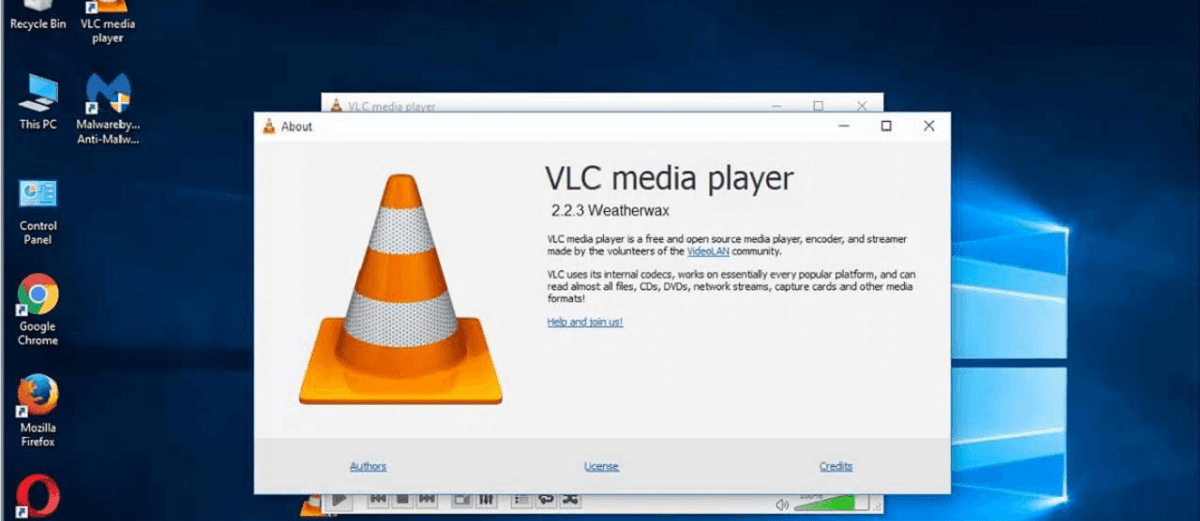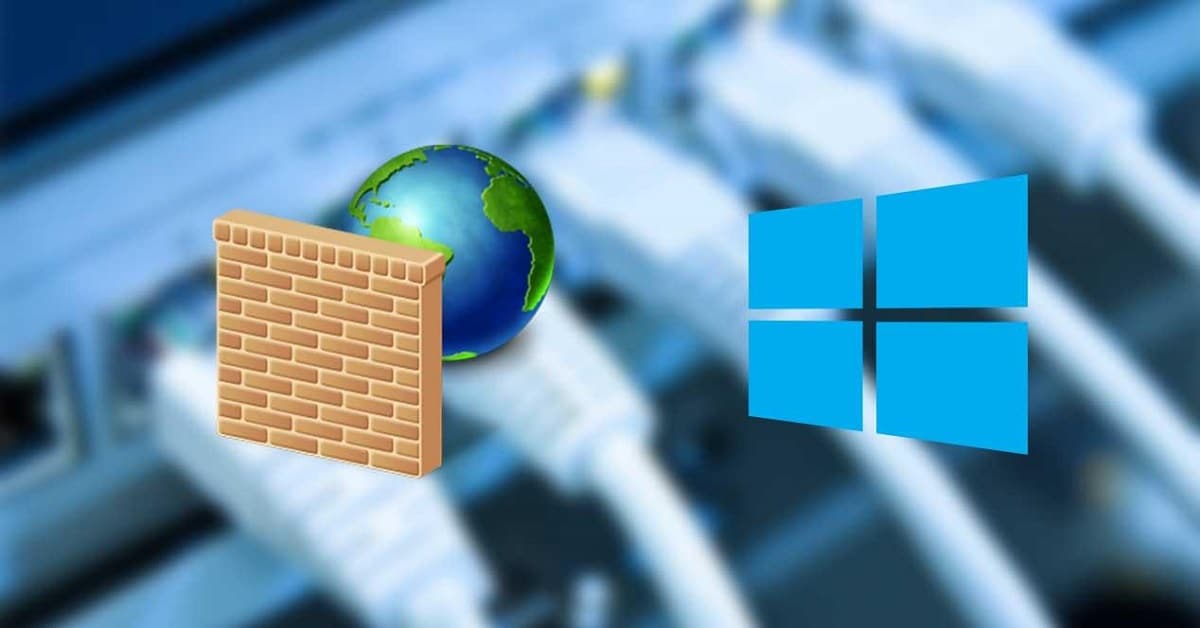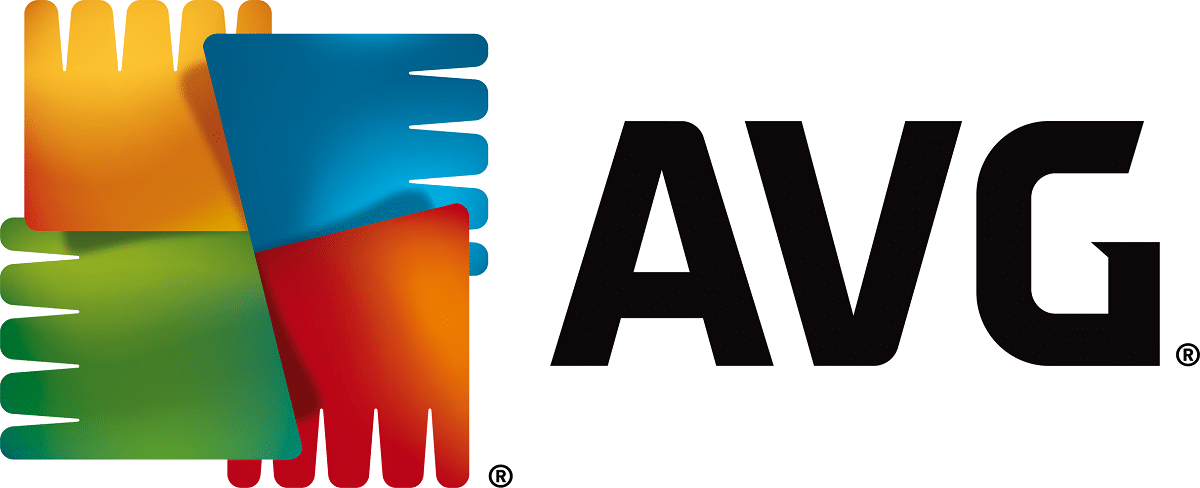
There is a mistake that happens often when using VLC Media Player and that causes many headaches for users. It is about the famous error of "VLC is unable to open the MRL", which appears on our screen trying to open a file or play a video not stored in the memory of our equipment. In this post we are going to see how this problem can be solved.
Before going into the subject, it is convenient to remember some of the VLC functionalities. This portable media player, encoder and streamer is a true all-rounder, supporting many different audio and video file formats, handling various streaming protocols seamlessly.
Among the various files that VLC Media Player plays are also the .MRL files (file extension commonly associated with MRLR files - Media Retrival Markup Language). And yet sometimes we can find that VLC cannot open these types of files. This can be caused by various reasons, but fortunately there are also ways to fix the problem. We explain everything to you in the following paragraphs:
Why does this error occur?

Solutions for the error "VLC is unable to open the MRL"
VLC is unable to open the MRL. There are some common reasons for this situation. The most common is that the error has its origin in configuration failures of our equipmentAlthough it is also likely that the "fault" is not ours. Perhaps the problem is founde on the content host found remotely.
Broadly speaking, the causes of the error can be the following three:
- Video ownership issues. If we do not have the required permissions because its owner has decided to restrict your access to it, little can be done.
- Configuration changes made at some point.
- Changes to YouTube scripts, which may be incorrect.
First step: Rule out that the problem is with the source
Before trying anything else, rule out (or confirm) that the problem is at the source. In other words, the video you are trying to access is actually available and working. Since the error mainly occurs in streams and other URL-based content, do the following:
- First we will go to "Archive" and from there we will select "Open network transmission".
- There we will copy the URL we are trying to access.
- Then we will paste the URL in our browser and internally play the video.
If the network URL also does not work in other applications or devices, it is very likely that the problem is not in our VLC player, but in a broken link. On the other hand, if the opposite happens, that will mean that the ball is in our court and we will have to find another solution.
Uninstall or modify Firewall settings
Most of the time we see the error «VLC is unable to open the MRL » the problem is hidden in the settings Firewall. We already know that some firewalls are overly protective and can end up blocking the necessary ports that VCL needs to function.
The solution in each case will depend on the type of Firewall that we have installed on our computer. Here's how to do it with the most popular ones:
Uninstall Windows Firewall

It is not the Firewall that usually gives this type of problem, although to ensure you we can do the following:
- In the search box, we type "Windows firewall".
Then we select "Windows Defender Firewall". - In the record that appears directly below we will click on "Enable or disable Windows Defender firewall" and we will select the corresponding options.
- Finally we will click on the button "To accept".
AVG: Modify settings

The "VLC is unable to open MRL" error is more likely to be generated by external antivirus. We will take as an example one of the most used, AVG. In this case, the issue can be solved by changing its configuration:
- First we go to the option of Firewall.
- There we select "Tools" and then "Firewall settings".
- In the list that appears we will select "Applications". Options are displayed on the right. In them we will change the action assigned to the VLC media player as "Allow for all".
If we have any other antivirus installed on our computer, the steps may vary slightly, although the procedure will be basically the same.
Uninstall and install the new version of VLC
The error "VLC is unable to open the MRL" can also be caused by an internal application error. Some users have managed to solve the problem simply by updating the application. Others, on the other hand, have only been able to do so after uninstall VLC and install the latest version available from the official website. These are the steps to follow in each case:
Update VLC
Normally, when launching VLC Media Player, we receive a automatic notification which reminds us of the latest VLC update information. To proceed with the update, simply click on the "Yes" button. After this, the latest version of the player will be downloaded in a few moments.
Following the usual procedures for this type of update, it will be enough to click on the "Install" button and follow the steps indicated. Exactly the same as we would do with any other software.
At the end of the process, VLC will run automatically. It will be time to do the test and verify that the error has disappeared.
Uninstall and reinstall VLC
- First we will open a new box "Run" by pressing Windows key + R.
- Next, we will write "Appwiz.cpl" and we will press "Enter" to open the option "Programs and characteristics".
- In the long list of applications that are shown, we will look for the VLC media player. By pressing the right button on it, we will select "Uninstall / Change". Then you just have to follow the steps indicated.
Once the uninstallation is complete, you need to download the latest version of VLC Media Player and install it on our computer. If everything has gone as it should, we can finally say goodbye definitively to the error "VLC is unable to open the MRL".